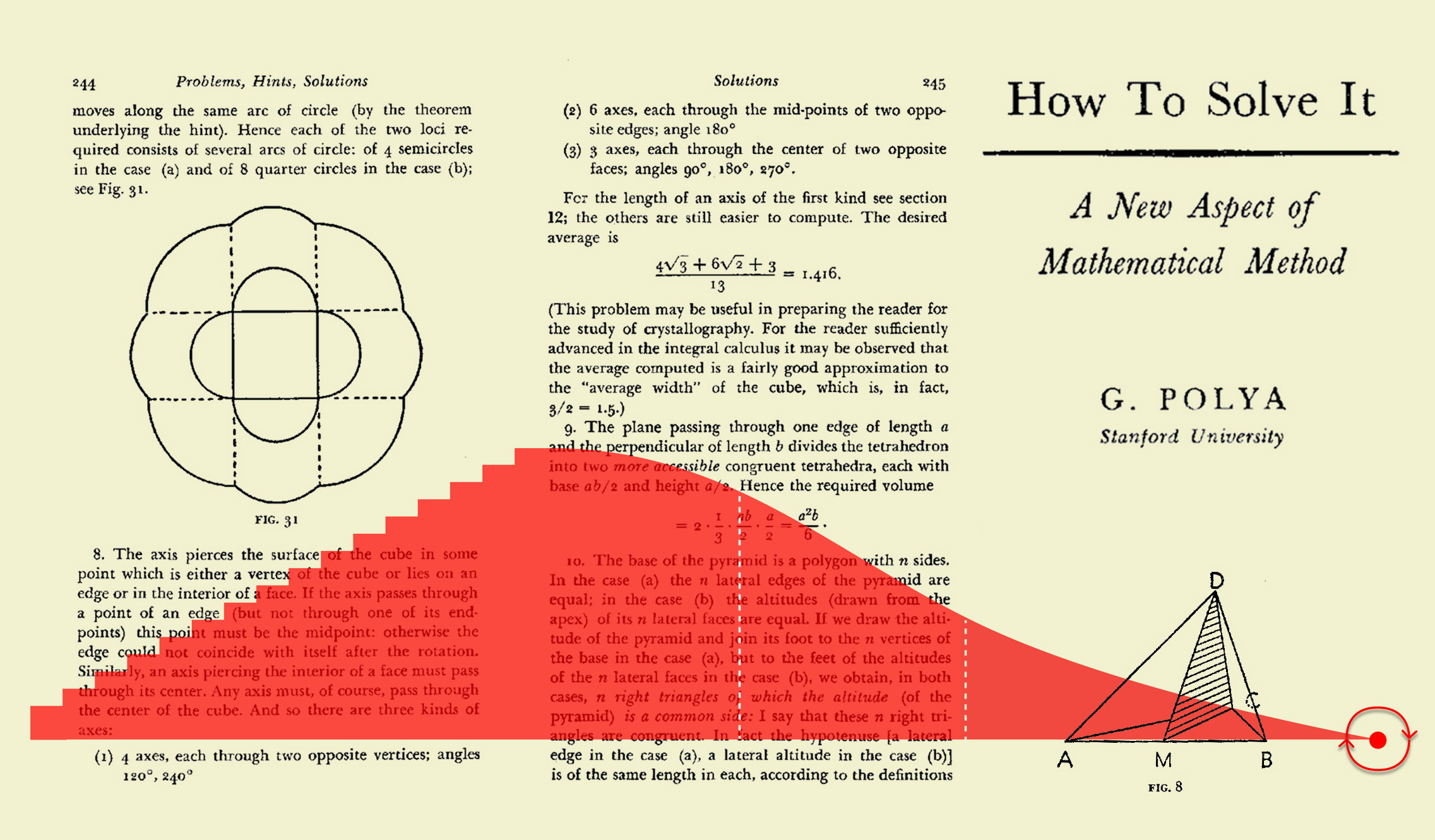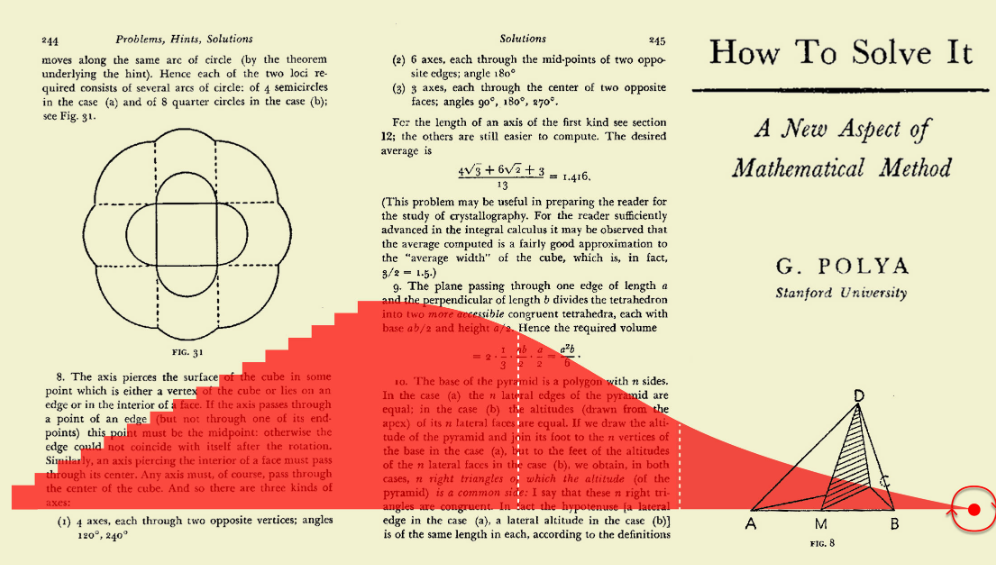Which Statement Is True Relative to Changing Angle of Attack
In the realm of aerodynamics, the angle of attack (AoA) plays a crucial role in determining the performance and stability of an aircraft. Understanding how changing the angle of attack affects flight dynamics can help pilots and aviation enthusiasts alike grasp the intricate balance between lift, drag, and overall aircraft control.
The angle of attack is defined as the angle between the chord line of an airfoil and the oncoming airflow. As this angle varies, so does the aircraft’s lift and drag characteristics, which can lead to significant changes in performance. When the angle of attack increases, a range of aerodynamic principles comes into play that influence an aircraft’s behavior in flight.

One fundamental statement that holds true regarding changing the angle of attack is that increased angles generally lead to increased lift until a certain critical point. This phenomenon occurs because a higher angle of attack allows air to flow over the wings in a manner that enhances lift generation, provided that the aircraft is operating below its critical AoA. The lift produced is influenced by several factors, including airspeed and wing design, making it essential for pilots to maintain an appropriate angle during flight.
However, as the angle of attack continues to increase beyond a certain threshold, an important aerodynamic phenomenon occurs: stalling. A stall happens when the airflow separates from the wing’s surface, resulting in a rapid loss of lift. This critical angle of attack is known as the stall angle, which varies depending on the specific design and configuration of the aircraft. Recognizing the signs leading up to a stall is vital for maintaining control, especially during maneuvers that require sharp turns or climbing.
Another critical aspect to consider is how changes in angle of attack influence drag. As the angle increases, induced drag also typically rises. While increasing lift is desirable, pilots must be aware that an increase in drag can negatively impact speed and fuel efficiency. This understanding is crucial for flight planning and operational efficiency. The relationship between lift and drag underscores the importance of choosing optimal flight profiles to maximize performance and safety.
It becomes evident that understanding the implications of changing angle of attack is essential for managing flight maneuvers effectively. For instance, during takeoff and landing, pilots often employ higher angles of attack to generate the necessary lift at lower speeds. In contrast, during cruise, a more optimal angle of attack allows for smoother and more fuel-efficient flying.
In addition to lift and drag, the angle of attack can also affect the aircraft’s stability and control. A well-designed aircraft will have response characteristics tailored to its intended use, but the relationship between AoA and handling becomes critical in emergency situations. For example, if an aircraft encounters unexpected turbulence or wind shear, the pilot may need to adjust the angle of attack quickly to maintain control. This manipulation must be done with caution to avoid exceeding the critical angle, which could lead to undesirable flight conditions.
Moreover, it’s essential for pilots to familiarize themselves with the concept of angle of attack indicators found in modern aircraft. These instruments provide real-time feedback on the aircraft’s current angle of attack, allowing pilots to avoid unintentional stalls and optimize flight efficiency. This technology enhances situational awareness and contributes to safer flying practices.
In summary, the angle of attack serves as a linchpin in the understanding of aircraft aerodynamics. Key statements about its effects reveal a delicate balance between lift, drag, and aircraft control that pilots must navigate throughout flight operations. Even slight adjustments to this angle can have profound implications, both in enhancing performance and ensuring safety. Thus, embracing knowledge about the angle of attack can significantly bolster one’s understanding of flight dynamics, enhancing both flying proficiency and safety awareness. As aviation continues to evolve, the importance of mastering the intricacies of angle of attack remains a cornerstone of effective piloting.



